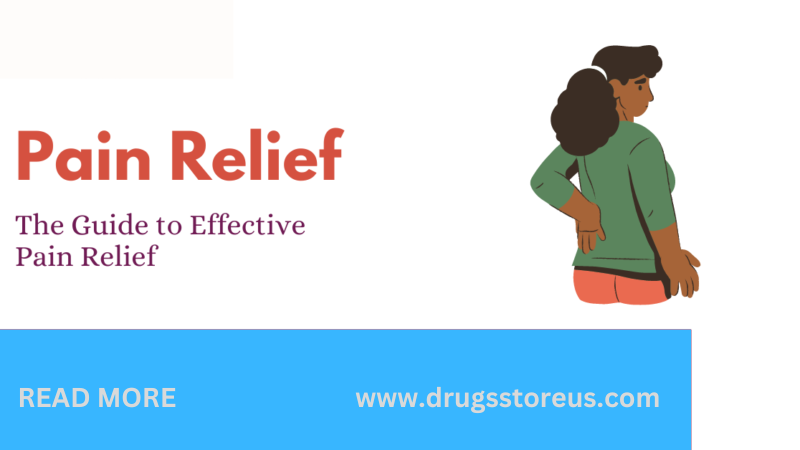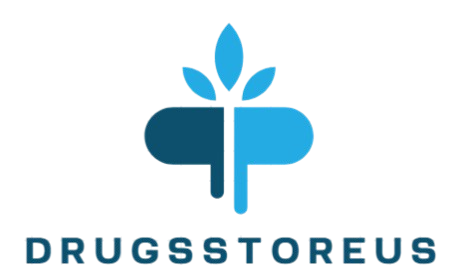
Living with pain can significantly diminish the quality of life, affecting everything from daily activities to mental health. Whether it’s chronic pain, acute pain from an injury, or discomfort from a medical condition, finding effective pain relief is crucial. This blog explores various solutions to help you achieve a pain-free life.
Understanding Pain
Pain is a complex experience influenced by a combination of physical, emotional, and psychological factors. It can be acute, lasting a short period, or chronic, persisting for months or even years. The first step in managing pain is understanding its source and nature. Consulting with healthcare professionals for a proper diagnosis is essential.
Over-the-Counter (OTC) Medications
For many, OTC medications are the first line of defense against pain. Commonly used options include:
- Acetaminophen (Tylenol): Effective for mild to moderate pain relief, particularly headaches and muscle aches. It’s gentle on the stomach but should be used with caution to avoid liver damage.
- Nonsteroidal Anti-Inflammatory Drugs (NSAIDs): Examples include ibuprofen (Advil) and naproxen (Aleve). These are great for reducing inflammation and alleviating pain from conditions like arthritis, sprains, and menstrual cramps. Long-term use can cause gastrointestinal issues, so it’s essential to follow dosage instructions.
Prescription Medications
For more severe pain, doctors may prescribe stronger medications:
- Opioids: Drugs like oxycodone and morphine are highly effective for acute pain but carry a risk of addiction and side effects. They should be used under strict medical supervision.
- Antidepressants and Anticonvulsants: Sometimes used for chronic pain conditions, especially nerve pain. These medications can help alter the way the brain processes pain signals.
Physical Therapy
Physical therapy is a cornerstone in managing pain, particularly for musculoskeletal issues. A physical therapist can design a personalized exercise regimen to strengthen muscles, improve flexibility, and reduce pain. Techniques often used in physical therapy include:
- Stretching and Strengthening Exercises: Tailored exercises can alleviate pain by improving muscle function and reducing strain on joints.
- Manual Therapy: Hands-on techniques like massage, joint mobilization, and manipulation can provide relief.
- Electrical Stimulation and Ultrasound: These modalities can help reduce pain and promote healing.
Alternative and Complementary Therapies
Many people find relief through alternative therapies. Some of the most popular include:
- Acupuncture: This ancient Chinese practice involves inserting thin needles into specific points on the body to relieve pain. It’s been found effective for various conditions, including back pain and osteoarthritis.
- Chiropractic Care: Chiropractors focus on spinal alignment to relieve pain. Adjustments can help reduce pain from conditions like sciatica and migraines.
- Massage Therapy: Regular massages can relieve muscle tension, reduce stress, and alleviate pain.
Lifestyle Modifications
Simple lifestyle changes can have a significant impact on pain management:
- Exercise Regularly: Engaging in low-impact activities like swimming, walking, or cycling can help maintain joint function and reduce pain.
- Healthy Diet: Eating a balanced diet rich in anti-inflammatory foods like fruits, vegetables, and omega-3 fatty acids can help manage pain.
- Adequate Sleep: Ensuring you get enough rest is crucial, as poor sleep can exacerbate pain.
Mind-Body Techniques
Mind-body techniques can help manage the psychological aspects of pain:
- Meditation and Mindfulness: Practices like meditation, mindfulness, and deep-breathing exercises can help reduce the perception of pain.
- Cognitive Behavioral Therapy (CBT): This form of therapy helps change negative thought patterns and behaviors that contribute to pain, providing effective coping mechanisms.
Innovative Treatments
New and emerging treatments offer hope for those struggling with chronic pain:
- Regenerative Medicine: Techniques like platelet-rich plasma (PRP) therapy and stem cell therapy aim to repair damaged tissues and reduce pain.
- Neuromodulation: Devices like spinal cord stimulators can modify pain signals before they reach the brain, providing relief for conditions like chronic back pain.
Conclusion
Managing pain effectively requires a comprehensive approach that addresses both the physical and psychological aspects of pain. By combining traditional medical treatments with alternative therapies and lifestyle changes, you can find the right mix of strategies to achieve a pain-free life. Always consult with healthcare professionals to develop a personalized pain management plan tailored to your specific needs. Remember, pain relief is not one-size-fits-all, but with persistence and the right tools, a pain-free life is within reach.



